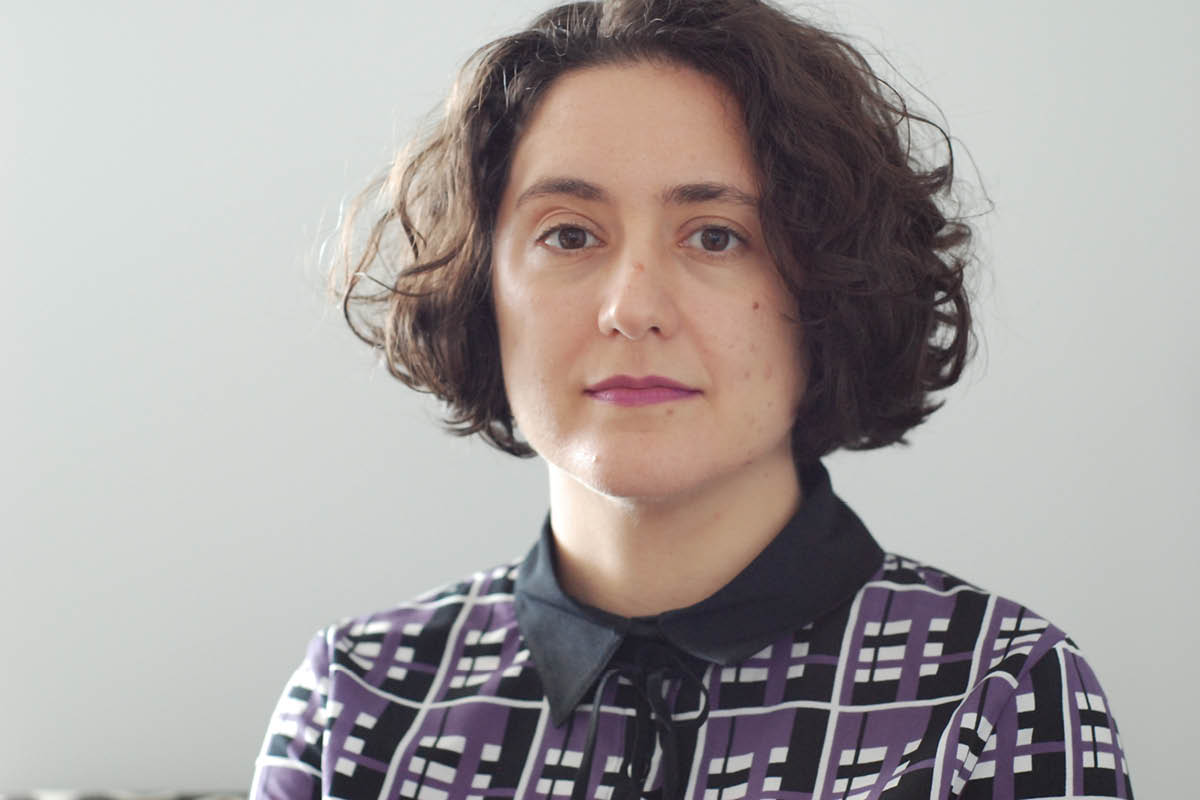With its 2021 performance cancelled just days before it was to go on, Peggy Polias’s Lacuna will finally receive its premiere with the Canberra Symphony Orchestra (CSO) next week.
“It feels like closure, in a way, to see the hard work come to fruition and to have some certainty after the upheaval of the pandemic,” Polias tells Limelight. “On the other hand, there is the feeling that a door is opening, that the sounds will get their first airing and the score will finally exist in the wider world as music.”

Peggy Polias. Photo supplied
Polias’s work is one of two world premieres to be presented in Heart-space on 16 May, performed by the CSO Chamber Ensemble and soprano Amy Moore. With Ella Macens’ A Love Worth Fighting For, James Henry’s Heart Like Snow and a new work from Michael Bakrnčev, the program is an all-Australian exploration of “love, loss and longing”.
Lacuna means a devoid space, a gap where something is missing. Polias’s work fixes its gaze on Sappho’s “beautiful” Fragment 96 – lines of which have been lost to time as a result of the degradation of the papyrus on which they were written.
“I have worked quite a bit with ancient texts and mythological motifs, and increasingly the medium of the surviving document has become something important to reflect on, along with the meaning of the text,” explains Polas. “Sappho’s poem is preoccupied with memory and longing, which is particularly powerful given the fragmentary nature of the papyrus that holds the surviving text.”
“Rather than attempt to reconstruct the missing words, I really wanted to honour the fragmentary nature of this and other surviving works of Sappho.”
Translating this into music, Polias has the “musical texture echo the integrity of the poem”. Where the text is better preserved, Polias drives the music with melody with all of the feeling of a tsifteteli (a Greek folk belly dance). Where the papyrus is damaged or missing, the accompaniment becomes more abstract and timbral.
“I really love to intertwine words with music, and not just when the musical forces include a voice,” Polias says. “Sometimes in an instrumental ensemble context, I ask players to hum, sing or speak in the score. At other times, I use words to inform the structures of a composition but the text remains unheard – a ‘song without words’. As a composer, I am usually most driven to create works that are strongly illuminated by extramusical concepts, ideas or sensations, and a framework of text and meaning often helps to realise this.”

Michael Bakrnčev. Photo © Julian Dolman
Fellow composer Michael Bakrnčev’s stumbled upon the text for his own world premiere work in quite an unconventional way.
After “semi-aggressive” ads for it kept popping up for him – courtesy of ‘the algorithm’ – Bakrnčev made the decision to attend his first ever sci-fi poetry slam at the State Library of Victoria. “It made perfect sense as a composer, in the endless pursuit of inspiration,” he tells Limelight.
The slam hosted a table a “gloriously chaotic smattering” of sci-fi works by Australian authors.
Bakrnčev’s attention was caught by a “slim and unassuming” poetry collection written by Rhodes Scholar and Melbourne-based author Lisa Gorton.
“The Storm Glass is unlike any other poetry I have read in recent years,” he says. “There is a surreal quality, an environmental ebb and flow about the work that hooked me in from the first time I read it. Like other poems in the book, it is shrouded in a veil of mystery and yet provides me with a sense of warmth, comfort, nostalgia and familiarity that unfolds with every sentence, each more graceful than the last. Setting her words that have had such a profound hold over me, was inevitable.”
An email from CSO came a few months later, and for Bakrnčev, it was the “perfect opportunity” to set the text to music. The brief was to compose a work for oboe, string quartet, piano and soprano. Already in “string quartet mode” after the completion of his first string quartet, he began to explore the rich world of French Romanticism and Neo-Impressionism, whose composers used this ensemble “to great effect”.
“What naturally came to me was a Neo-Romantic inspired piece, that opens with an oboe melody supported by harmonically lush, moody and very warm-toned strings. Directly from my heart, my aim was to honour Storm Glass, as she deserves the attention of the public and the very best of my abilities as a composer.”
Bakrnčev’s process of “taking a chance, searching for inspiration in the most unlikely of places and choosing to lean into ‘the algorithm’” has led to the spark of a series of different works, including a series of piano works titled Naarm Etudes to be premiered by Alex Raineri next year.
Compositionally, Bakrnčev is moved by the idea that music “ought to be like showing people the most private and intimate page out of your personal diary”.
“If I bare my soul, people will connect with my music on a much deeper and genuine level,” he says. “I reflect on composition a great deal. In fact, when my wife and I were dating she once remarked that ‘there sure is a lot of room for music in that head of yours, but not much else…’ and I would argue that after 10 years, three children and a pandemic, it remains (satisfactorily) true to this day.”
The Canberra Symphony Orchestra presents Heart-Space at the National Museum of Australia, 16 May.











Comments
Log in to join the conversation.